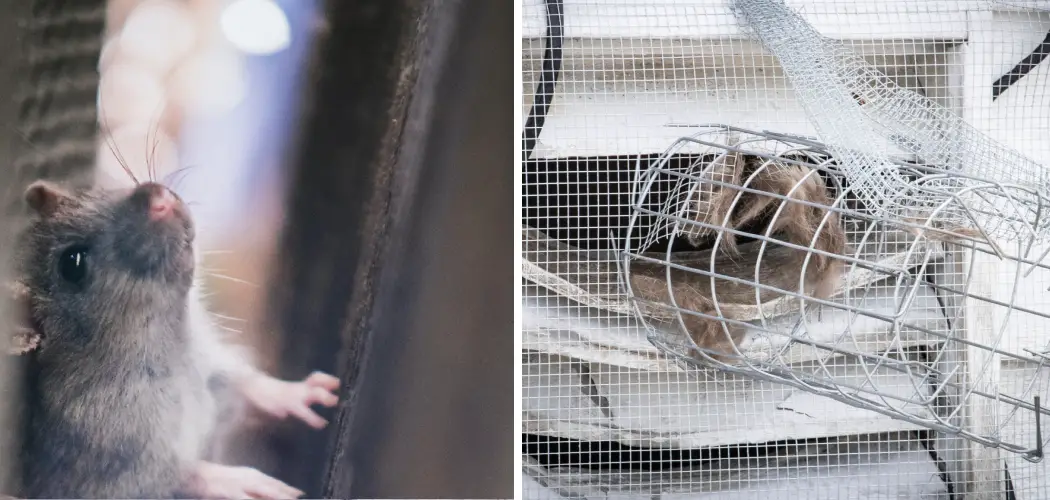Mice in ductwork pose significant risks that can lead to serious health hazards, damage to the HVAC system, and unpleasant odors lingering throughout the home. These small rodents can introduce diseases through droppings and urine, create fire hazards by chewing on electrical wires, and generate musty smells as they nest and die within the ducts.
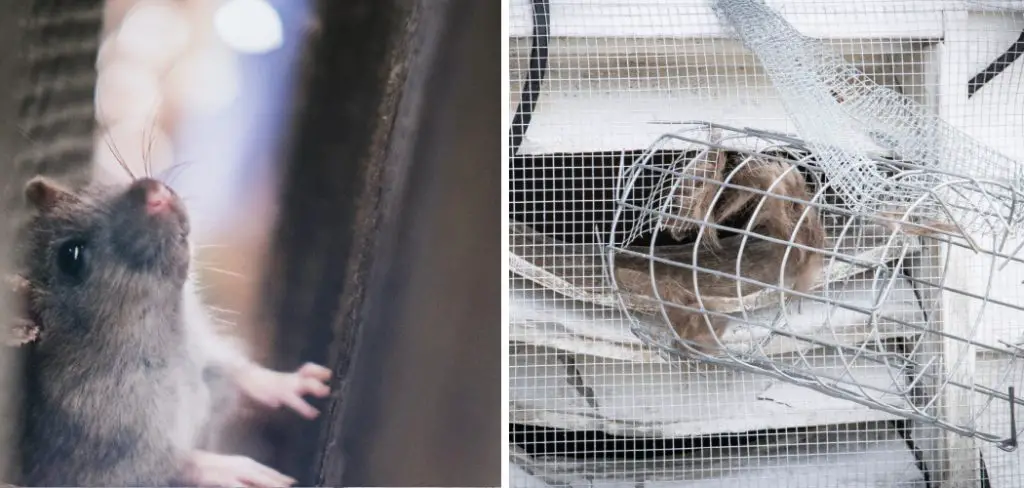
It is crucial to address these issues promptly to prevent further infestations and costly repairs. By understanding how to get mice out of ductwork, homeowners can effectively mitigate potential health risks and property damage.
This article will provide essential insights into identifying the signs of mice, the steps for safe removal, and various preventive measures to keep these pests at bay in the future.
Identifying Signs of Mice in Ductwork
Common Signs
When mice invade ductwork, certain unmistakable signs can indicate their presence. One of the most common signs is the noise they make; homeowners may hear scratching, scurrying, or gnawing sounds echoing from the ducts, especially during quieter times of the day or night.
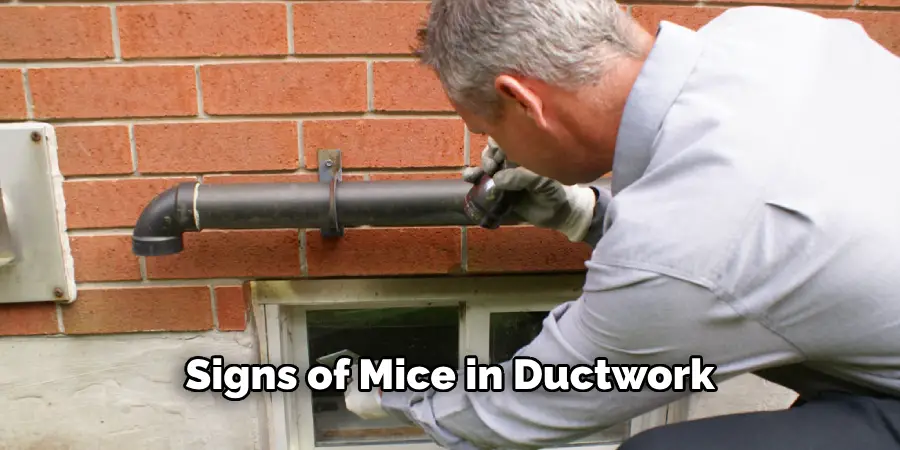
Additionally, mouse droppings are often found near vents or within duct spaces, resembling small black pellets that can be easy to overlook if not inspected closely. Another telltale sign is the unpleasant odors emanating from the ducts, which can result from mice nesting or even dying within the confines of the ductwork, creating an array of foul smells that permeate the home.
Inspecting Ductwork for Entry Points
A thorough inspection of the ductwork is necessary to effectively identify potential entry points for mice. Start by visually examining the entire duct system for any gaps, holes, or loose fittings that could allow mice to enter. It’s vital to check around vents and connections where sections of the ductwork meet, as these areas are often overlooked.
Using a flashlight can greatly help in illuminating dark corners, while mirrors can be employed to inspect hard-to-see areas, making it easier to locate any potential access points that may require sealing to prevent further infestations. Conducting this inspection regularly will play a crucial role in the early detection of problems.
How to Get Mice Out Of Ductwork: Removing Mice from Ductwork
Step 1: Turn Off the HVAC System
Before attempting to remove mice from ductwork, turning off the HVAC system is imperative. This action helps prevent the spread of contaminants, such as droppings, urine, and pathogens, through the air that circulates in the home. When the system is running, airborne particles can easily distribute throughout the living spaces, posing health risks to occupants.
Additionally, switching off the system creates a safer environment for the removal process, minimizing the risk of accidents and enabling you to assess the situation without the noise of the system operating.
Step 2: Set Traps
Types of Traps
Various traps are available for effectively capturing mice within ductwork. Snap traps offer a quick kill method and are popular due to their efficiency. Glue traps, while less humane, can still capture mice that venture too close. Live traps provide an option for those wishing to release mice unharmed, although they require regular checking to ensure captured mice do not suffer. Each type of trap serves different preferences and ethical considerations.
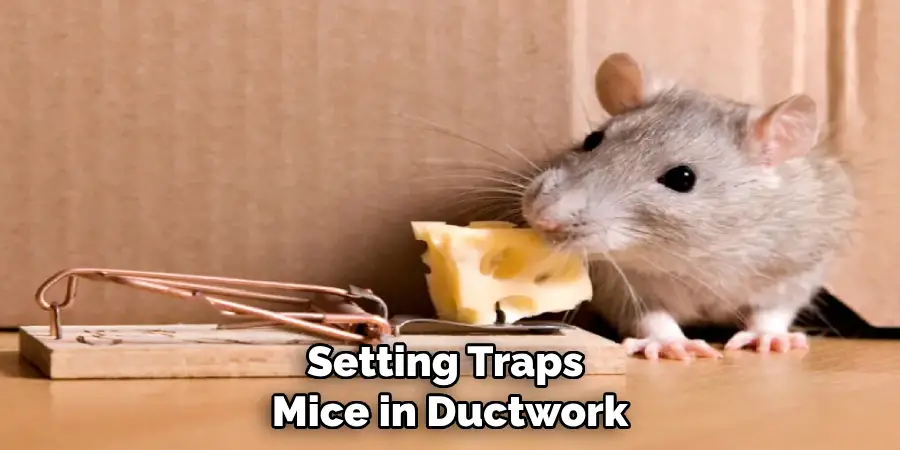
Placing Traps
For optimal effectiveness, traps should be strategically placed near suspected entry points—such as areas where droppings have been found—and along pathways where mice are likely to travel. If accessible, consider placing traps in the ductwork itself, as well as near vents and known nesting areas. Regular monitoring of traps is crucial, as removing mice or resetting traps promptly will prevent further problems and ensure that any captured rodents are dealt with in a timely manner.
Step 3: Use Bait Stations
Bait stations containing rodenticides are another effective method for controlling mice within the ductwork. These stations should be carefully placed around the duct areas to ensure maximum efficacy while also considering the safety of pets and children. Locating bait stations in concealed spots, such as corners of the ductwork or near suspected entry points, where mice are most likely to contact the bait, is vital. Always follow the manufacturer’s guidelines for placement and maintenance to mitigate any risks to non-target animals.
Step 4: Consider Professional Pest Control
In situations where DIY methods have proven insufficient or if the infestation is severe, seeking professional pest control services may be necessary. Professionals possess the expertise and equipment to handle more significant infestations, ensuring that all mice are effectively identified and removed, even from hard-to-reach areas of ductwork. Additionally, if complexities related to the duct system’s design make access challenging, enlisting a professional can guarantee thorough removal and sanitation.
Cleaning and Sanitizing Ductwork After Removal
Removing Dead Mice and Debris
Once mice have been effectively removed from the ductwork, addressing any dead rodents, droppings, and nesting materials is crucial. Wear gloves and a mask to protect yourself from potential health hazards associated with pathogens and allergens. Carefully collect the dead mice using a plastic bag, ensuring it is sealed tightly.
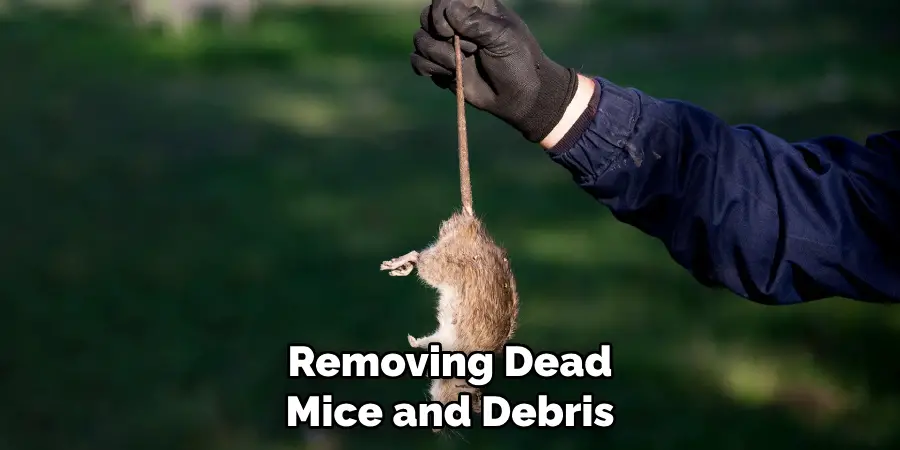
Droppings can be swept up with a damp cloth or paper towel and disposed of similarly. Nesting materials should also be gathered and thrown away safely, avoiding any direct contact. Following these precautions can significantly reduce the risk of infection and further infestations.
Sanitizing Ductwork
Once all debris has been cleared, it’s essential to disinfect the ductwork to eliminate any lingering bacteria, viruses, and unpleasant odors. A solution consisting of water and a mild detergent is often sufficient for this purpose. Consider using a dedicated duct cleaning product or a mixture of vinegar and water for more stubborn stains and odors.
Apply the cleaning solution using a spray bottle or cloth, ensuring you cover all surfaces within the ductwork. After disinfecting, allow the ducts to dry thoroughly to prevent moisture buildup, which can lead to further issues.
Inspecting for Damage
Finally, after cleaning and sanitizing the ductwork, a thorough inspection for damage caused by the infestations is vital. Look for any chewed wires, compromised insulation, or duct holes that may expose the system to future infestations. Repairing any identified issues will not only restore the integrity of the HVAC system but also enhance its efficiency.
Addressing these concerns promptly can prevent further complications and improve indoor air quality, creating a healthier environment for residents.
Preventing Mice from Returning
Seal Entry Points
To keep mice from re-entering your home and ductwork, it’s essential to seal any potential entry points thoroughly. Begin by inspecting the exterior of your home for gaps, holes, or cracks, particularly around foundations, vents, pipes, and windows. Steel wool is used to fill smaller openings; its coarse texture deters rodents effectively.
For larger gaps, a combination of caulk and mesh materials can create an impenetrable barrier. Pay special attention to areas around air ducts, ensuring they are well-sealed where they connect to the home. Conducting a thorough inspection and sealing these vulnerabilities will significantly reduce the chances of future infestations.
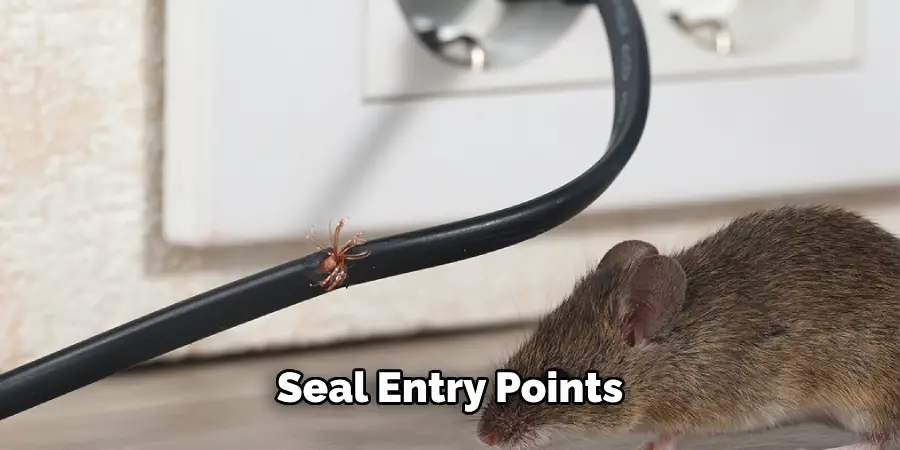
Regular Inspections and Maintenance
Routine inspections of your HVAC system and ductwork are critical in preventing mice from returning. Schedule regular checks every few months to look for signs of new infestations, such as droppings, chew marks, or nesting materials. Furthermore, maintaining the ducts by cleaning and servicing the HVAC system enhances its efficiency and helps identify potential issues early on.
Keeping an eye on these areas enables homeowners to respond quickly to any signs of trouble, ultimately lowering the likelihood of future infestations and contributing to a healthier indoor environment.
Using Deterrents
In addition to sealing entry points and conducting regular inspections, employing natural or electronic deterrents can effectively discourage mice from invading your space. Ultrasonic devices emit high-frequency sounds that are inaudible to humans but unpleasant for rodents, preventing their return.
Alternatively, natural repellents, such as peppermint oil, can be strategically placed around entry points or within the ductwork to create a less inviting atmosphere for mice. These measures, combined with vigilant maintenance, can help ensure that your home remains rodent-free and more comfortable for its occupants.
When to Seek Professional Help
Severe Infestations
When DIY pest control methods have not yielded satisfactory results, or if you are facing a severe infestation, it is crucial to seek professional pest control services. These experts possess the knowledge and tools to effectively manage complex rodent problems.
They can assess the extent of the infestation, devise targeted strategies, and ensure that all trapped rodents are removed safely and efficiently, thereby minimizing health risks associated with prolonged exposure to pests.
Complex Ductwork Systems
Consulting a professional is highly advantageous if your ductwork is particularly extensive or challenging to access. Professionals are equipped to handle intricate systems, ensuring thorough removal of rodents hiding in hard-to-reach areas.
Their expertise also extends to effectively cleaning and sanitizing these spaces, which is essential for maintaining air quality and preventing future infestations. Engaging a trained specialist not only guarantees a comprehensive solution but also provides peace of mind for homeowners.
Conclusion
In summary, effectively managing mice in ductwork involves several crucial steps: identifying entry points, removing debris and active rodents, sanitizing the ductwork, inspecting for damage, and sealing potential entryways. Prompt action is vital to mitigate health risks and prevent further infestations, as neglect can lead to more significant problems.
Regular maintenance and inspections are essential to maintaining an efficient HVAC system and discouraging new rodent invasions. It’s important to follow safety precautions when handling mice and their droppings, and seeking professional assistance is advisable for severe infestations or complex duct systems.
By taking these preventive measures, homeowners can ensure a clean and efficient HVAC system, safeguarding their living environment from future issues. Remember, knowing how to get mice out of ductwork and preventing their return is key to maintaining a healthy home.

